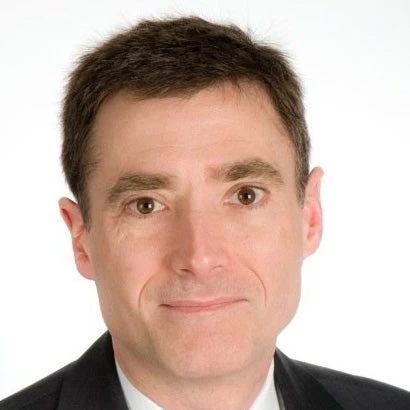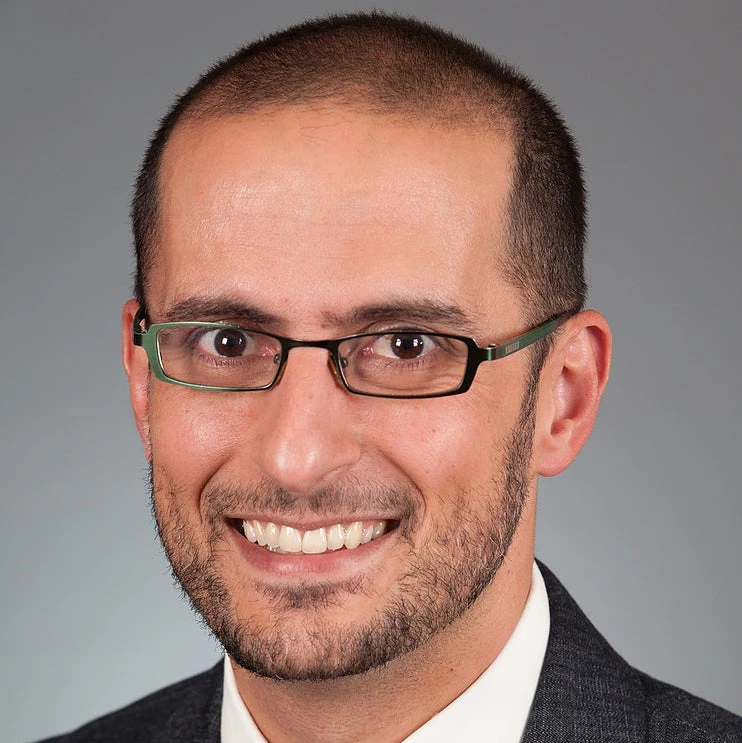Low-income countries face the highest risk of financial catastrophe due to surgery and have made the slowest progress
Five billion people—two thirds of the world’s population—lack access to safe, timely, and affordable surgical, anesthesia, and obstetric (SAO) care, as World Bank Group President Dr. Jim Yong Kim stated. Of the myriad barriers to accessing SAO care—safety, for example, or the lack of a well-trained workforce—one of the largest is financial. For patients, surgery can be very expensive. Not only can the financial burden of seeking surgical care be a formidable obstacle to those who need surgery, it can also have a devastating impact on those who are able to receive it. Over two billion people cannot afford surgery if they needed it today, and, of those who get surgery every year, an estimated 33 million of them will undergo financial hardship from its direct costs—81 million when the ancillary costs of care like transportation and food are included.
The cost of surgery, then, is not just a barrier to care. It can cause toxic, downstream side effects. Impoverishment is a side effect of surgery for the equivalent of the entire population of Germany, every year.
In 2015, the Lancet Commission on Global Surgery proposed six indicators to measure SAO care, two of which focus on assessing the risk of financial catastrophe due to surgery. Respectively, these two measure the likelihood of experiencing impoverishment (using a threshold of $1.25 PPP/day) when surgical care is needed, and the probability of experiencing catastrophic expenditure (10 percent of total income) when surgical care is needed.
This month, the first longitudinal estimates for these two indicators were released in the World Development Indicators. They tell a compelling story.
Overall, the world’s risk of financial catastrophe due to surgery is decreasing. Although this downward trend is encouraging, it is sluggish. From 2008 to 2017, the percentage of people at risk globally for both catastrophic and impoverishing expenditure due to surgical care has trended downward. The worldwide risk for catastrophic expenditure due to SAO care has declined from 34% to 28%, while that for impoverishing expenditure has dropped from 27% to 24%.
Global averages, however, can mask significant inequities in the distribution of risk.
In 2017, 2% of people in high-income countries faced the risk of catastrophic expenditure due to surgery – less than half their risk in 2003. By comparison, risk in low- and middle-income countries fell much more slowly: from 43% in 2008 to 33% in 2017. The large absolute difference between the risk of financial catastrophe in these two groups in 2017—32%—highlights the significant disparities in the financial burden of accessing surgical care worldwide. People in high-income countries face a minimal risk of financial catastrophe when they need surgical care, while 3 in every 10 individuals from low- and middle-income countries must contend with this risk.
The same relationship exists for impoverishing expenditures. In 2017, those in high-income countries faced a minor risk of impoverishing expenditures due to surgical care (0.4%) while their contemporaries in low- and middle-income countries confronted a much higher risk (28%).
Even within country groupings, inequities exist. Among low- and middle-income countries, sub-Saharan African countries, by and large, face the highest risk of catastrophic and impoverishing expenditure due to surgical care. Over half the population is likely to be driven into financial catastrophe if surgery is needed.
As populations get wealthier, the risk of financial catastrophe due to surgery encouragingly decreases, as can be seen from the top figure. In addition, there is a relatively tight—but not completely predictive—correlation between healthcare expenditure in a country and the population’s risk of financial catastrophe due to surgery.
However, as can be seen by persistently elevated risks in low- and middle-income countries, relying on secular trends of increasing wealth is insufficient. Universal health coverage, one of the targets for the United Nations’ Sustainable Development Goals, requires that health systems protect against the direct, out-of-pocket costs patients accrue to access health systems. Because surgical conditions often defy planning—you can’t choose when you get into a car accident—they can serve as barometers for progress toward this goal. And, if one-third of the world’s population (and over half of the population of Africa) is at risk of being driven into poverty by the costs of surgery, then specific policies to assure financial risk protection are crucial.





Join the Conversation